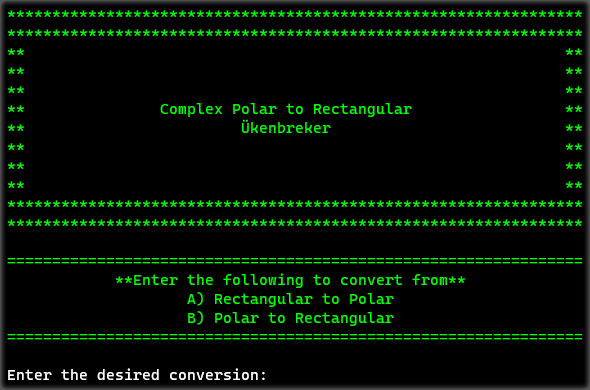

The rectangular representation of a complex number is of the form a+bi, where a and b are real numbers and i is the imaginary unit defined as the square root of -1. This is the standard way of representing complex numbers.
The polar form of a complex number is an alternative representation that involves using the magnitude (or modulus) and the argument (or angle) of the complex number. The magnitude, denoted as |z|, represents the distance from the origin to the complex number in the complex plane. The argument, denoted as arg(z) or θ, represents the angle between the positive real axis and the line connecting the origin and the complex number.
To convert a complex number from rectangular to complex form, you can use the following formulas:
Magnitude: |z| = √(a² + b²)
Argument: arg(z) = arctan(b/a) (taking into account the quadrant of the complex number)
To convert a complex number from complex to rectangular form, you can use the following formulas:
Real part: a = |z| * cos(arg(z))
Imaginary part: b = |z| * sin(arg(z))
Both forms are useful in different contexts. The rectangular form allows for easy addition, subtraction, and multiplication of complex numbers, while the complex form provides a geometric interpretation and facilitates operations involving powers and roots of complex numbers.